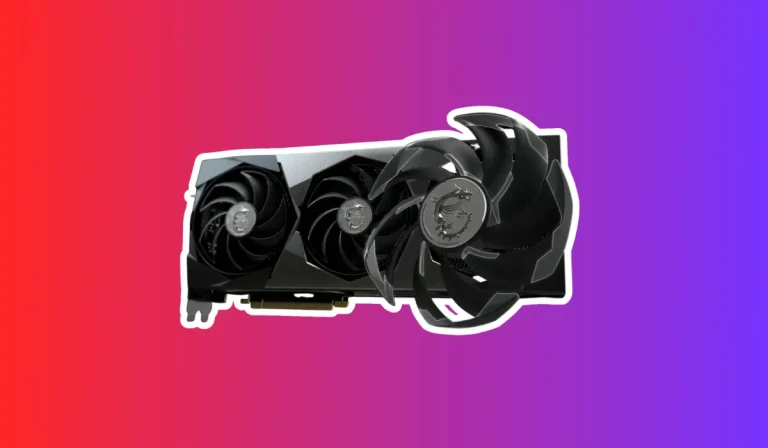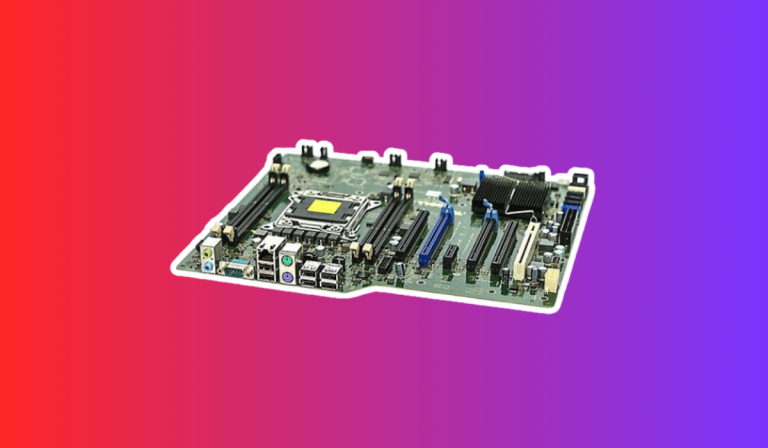How do I tell if my GPU is overheating?
Is your gaming experience being hindered by sudden crashes or graphical glitches? It could be a sign that your GPU is overheating. Maintaining an optimal temperature is crucial for the longevity and performance of your graphics card.
What are the Common Signs of GPU Overheating?
High fan speeds and loud noise
One of the first signs of GPU overheating is the sudden increase in fan speeds. As the temperature rises, the GPU’s cooling system tries to compensate by spinning the fans faster to dissipate heat.
This can result in noisy operation, with the fans running at full speed to keep the temperature under control. If you notice unusually loud fan noise, it’s a clear indication that your GPU is struggling to maintain a safe temperature.
Frequent game crashes or system freezes
Another telltale sign of GPU overheating is the frequent occurrence of game crashes or system freezes. When the GPU becomes too hot, it may fail to handle the demanding graphics processing required by games.
This can lead to sudden crashes or freezing of the entire system. If you experience these issues consistently during gaming sessions, it’s a strong indication that your GPU is overheating and needs attention.
Artifacts or graphical glitches on the screen
GPU overheating can manifest visually through artifacts or graphical glitches on your screen. These can appear as random pixels, lines, or distortions in the graphics. The overheating GPU struggles to render and display images accurately, resulting in these visual anomalies. If you notice such graphical abnormalities while using your PC or playing games, it’s a clear sign that your GPU is under stress and reaching unsafe temperatures.
How Can You Monitor GPU Temperature?
GPU monitoring software options
There are various GPU monitoring software programs available that can provide real-time temperature readings. These software tools, such as MSI Afterburner, HWMonitor, or GPU-Z, allow you to monitor not only the GPU temperature but also other vital statistics like fan speed, clock speed, and usage.
They provide an easy-to-understand graphical interface that displays the temperature in real-time, enabling you to keep track of any temperature spikes or abnormalities.
Checking temperature readings and setting up alerts
Most modern graphics cards come with built-in temperature sensors that provide accurate readings. You can access these temperature readings through the software provided by the GPU manufacturer, such as AMD Radeon Software or NVIDIA GeForce Experience.
These tools allow you to monitor the temperature and set up alerts to notify you if the temperature exceeds a certain threshold. By configuring alerts, you can take immediate action if the GPU temperature rises to potentially dangerous levels.
Recommended temperature range for GPUs
To ensure optimal performance and longevity of your GPU, it’s important to be aware of the recommended temperature range. While specific temperature ranges may vary depending on the GPU model, a general guideline is to keep the GPU temperature below 80 degrees Celsius (176 degrees Fahrenheit) under heavy load.
This range allows for efficient operation while minimizing the risk of overheating. Monitoring the temperature and ensuring it stays within this range will help maintain the stability and lifespan of your graphics card.
Preventing GPU Overheating: Tips and Best Practices
Keep your PC case well-ventilated
Proper airflow is crucial for maintaining a cool GPU. Ensure that your PC case has adequate ventilation by keeping the air vents clean and unobstructed. You can also consider installing additional case fans or using a liquid cooling system to improve airflow. Positioning your PC in a well-ventilated area, away from walls or other heat sources, can also help dissipate heat efficiently.
Regularly clean your GPU and remove dust
Dust accumulation can hinder the cooling performance of your GPU. Regularly clean your graphics card and its surrounding areas to remove any dust or debris. Use compressed air or a soft brush to gently clean the fan blades, heat sinks, and other components. This will prevent dust buildup and improve airflow, keeping the GPU temperature in check.
Avoid overclocking beyond safe limits
Overclocking your GPU can increase its performance but also raises the risk of overheating. If you choose to overclock, do so cautiously and ensure that you stay within the safe limits specified by your GPU manufacturer. Excessive overclocking can generate more heat, putting additional strain on the cooling system. Monitoring the temperature closely while overclocking is essential to prevent overheating.
Maintain up-to-date GPU drivers
Keeping your GPU drivers up to date is crucial for optimal performance and stability. GPU driver updates often include performance optimizations and bug fixes that can enhance the efficiency of the graphics card. These updates may also include improvements to the GPU’s temperature management. Regularly check for driver updates from the manufacturer’s website or use automatic driver update software to ensure you have the latest version installed.
FAQ’s
1. What temperature is considered overheating for a GPU?
Overheating can vary depending on the specific GPU model, but as a general guideline, temperatures above 90 degrees Celsius (194 degrees Fahrenheit) can be considered overheating. It is important to monitor the temperature and ensure it stays within safe operating limits.
2. Can I rely on the built-in fans to cool my GPU?
While most GPUs come with built-in fans, they may not always be sufficient to cool the card under heavy loads or in poorly ventilated cases. It is recommended to monitor the temperature and consider additional cooling solutions like case fans or liquid cooling if necessary.
3. Is it normal for my GPU temperature to fluctuate during usage?
Yes, it is normal for GPU temperatures to fluctuate based on the workload.
4. What are the signs of GPU overheating?
Signs of GPU overheating can include sudden system crashes, graphical artifacts or glitches on the screen, performance slowdowns, or loud fan noises. If you experience any of these symptoms, it’s important to check the GPU temperature and take appropriate measures to prevent further overheating.
5. How can I monitor my GPU temperature on Windows?
There are various software options available to monitor GPU temperature on Windows, such as MSI Afterburner, HWMonitor, or GPU-Z. These programs provide real-time temperature readings and graphical interfaces to help you keep track of the temperature and take necessary actions if it exceeds safe limits.
Conclusion
Monitoring and preventing GPU overheating is crucial for maintaining a well-functioning graphics card, whether you’re a gamer or a productivity enthusiast. By keeping an eye on the temperature and implementing preventive measures, you can ensure optimal performance, minimize the risk of damage, and extend the lifespan of your GPU.



